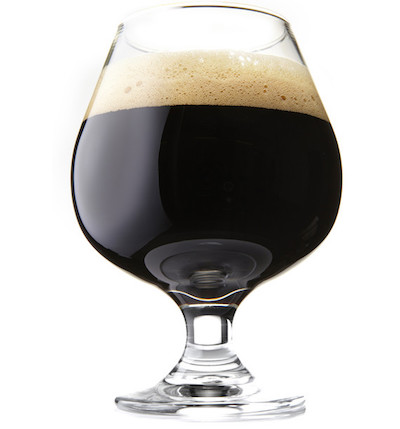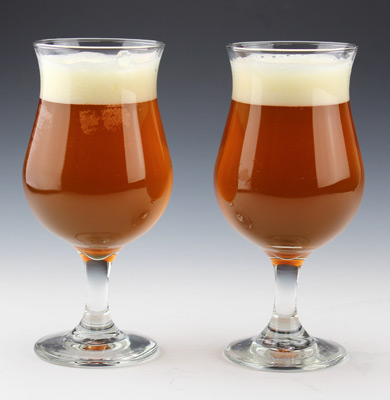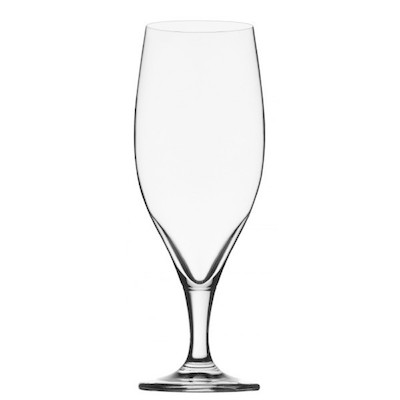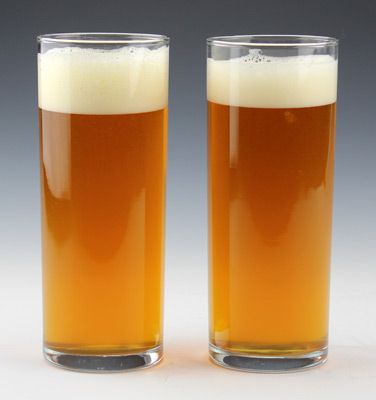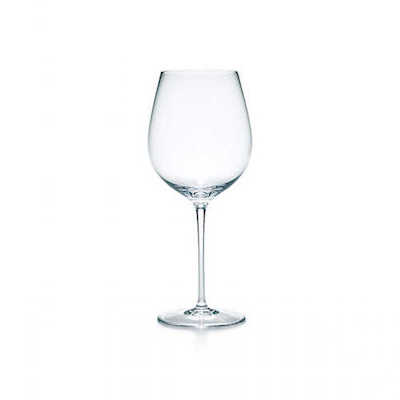10 Proper Glass Styles For Your Favorite Beers
With the explosion of craft beer in recent years, a slew of merchandise has come along with it: growlers, artist-designed t-shirts, and speciality glassware for particular styles of beer. We’re used to grabbing a certain glass for a particular cocktail, and it’s standard to have different glassware for red wine, white wine, and champagne. But considering how standard the pint glass is, does it really matter for beer?
“Glassware makes a big difference,” says Andrew Bartle, head brewer of Northwinds Brewhouse and Eatery in Collingwood, Ontario. “The glass is pretty special. It’s the first thing you see and presentation is everything. Beer that looks pleasing to the eye has already started the mental process for positive thinking and enjoyment.”
And while there’s certainly a visual element to consider with beer glassware, it can make a difference in your enjoyment of the brew as well. The shape of a beer glass affects the formation and retention of head, according to Beer Advocate and in turn the foam acts as a net of sorts for the beer’s volatiles: compounds—including hop oils, spices, and fermentation byproducts—that evaporate from beer and give it its aroma. That means that a healthy head of foam can help retain volatiles, and using different glassware allows for different levels of head retention, which in turn affects the aroma of your drink.
That doesn’t mean you can’t enjoy beer if you don’t have a collection of fancy glassware. “I’m not overly picky myself,” Bartle says. “I have favorites that work for the majority of beers I drink and serve, but I’m also just as content to drink from a mason jar.” That said, when selected properly, glassware can add to your enjoyment of a great brew. “Like food,” Bartle says, “the aroma of beer is a huge percentage of what one tastes.”
Here are 10 proper vessels for your favorite beers.
You Have: A Belgian IPA, dubbel, tripel, or Belgian strong ale
You Want: A goblet (or chalice)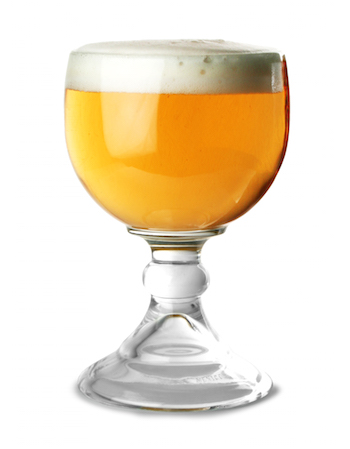
This wide-mouthed glass is designed to help a beer maintain head, and allows the drinker to take deep sips. Goblets are more delicate, with a longer stem, while chalices are heavier and have thicker walls. Some are scored inside to maintain a certain level of head at the top.
You Have: An American lager, bock, pilsner, or blonde ale
You Want: A pilsner glass
This tall glass showcases carbonation and color, but helps the beer retain its head and enhances its volatiles. It’s the right choice for paler lagers with a lot of carbonation, and unlike a weizen, a true pilsner glass has no curvature.
-

-

-

-

-

-

-

-

-

-

-

-

-

-

-

-

-

-

-

-

-

-

-

-

-

-

-

-

-

-

-

-

-

-

-

-

-

-

-

-

